An infinitely long wire with linear charge density +λ is bent and the two parts are inclined at angle 30∘ as shown in fig, the electric field at point P is :

A. λ4π∈0d[(1+√3)ˆi+2ˆj]
B. λ4π∈0d[(1−√3)ˆi+ˆj]
C. λ4π∈0d[(1+√3)ˆi−ˆj]
D. λ4π∈0d[(1+√3)ˆi+ˆj]
The correct Answer is:D

E1=E1'=λ4π∈0d
E2=λ4π∈0(√3d2)(sin60∘−sin0∘)=λ4π∈0d
E2'=λ4π∈0(√3d2)(cos60∘+cos0∘)=√3d4π∈0d
∴→E=(E1+E2cos300+E2'cos600)ˆi+(E1'+E2'sin600−E2sin300)ˆj
=(λ4π∈0d+√3λ8π∈0d+√3λ8π∈0d)ˆi+(λ4π∈0d+√38π∈0d−√38π∈0d)ˆj
=λ4π∈0d[(1+√3)ˆi+ˆj]
Topper's Solved these Questions
Similar Questions
(i) Two infinitely long line charges each of linear charge density λ are placed at an angle θ as shown in figure. Find out electric field intensity at a point P, which is at a distance x from point O along angle bisector of line charges.
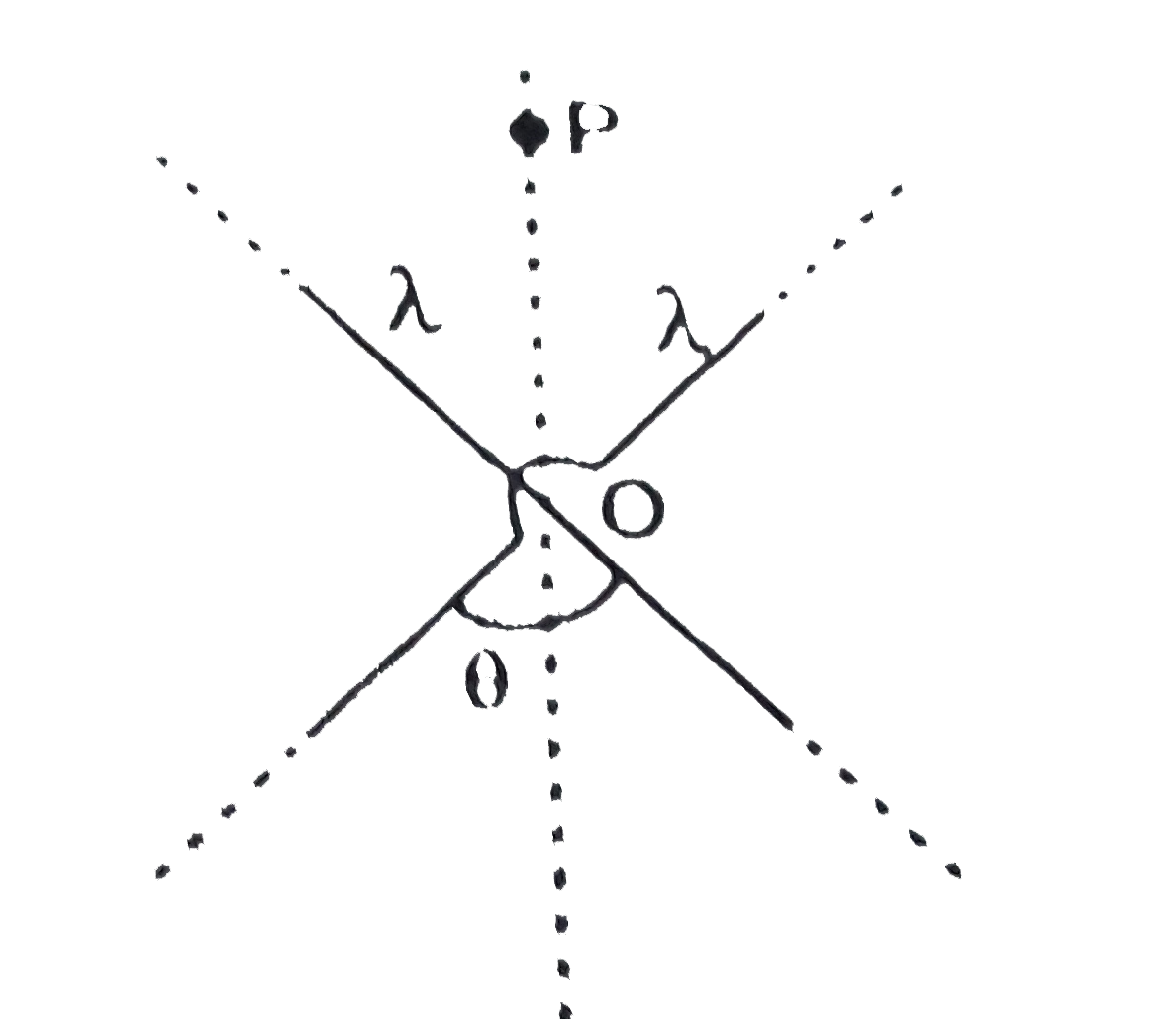
(ii) Repeat the above question if the line charge densities are λ and −λ. as shown in figure.
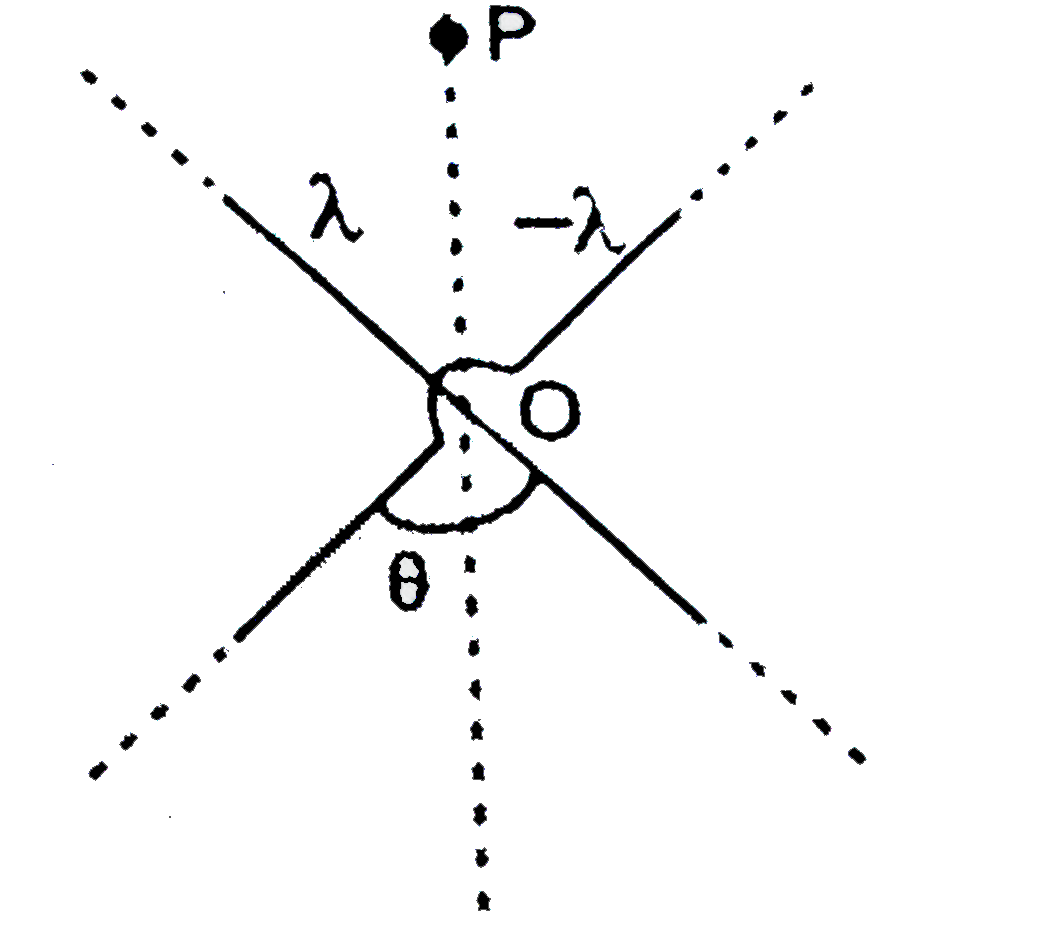 View Solution
View SolutionThree infinitely long charge sheets are placed as shown in figure. The electric field at point P is
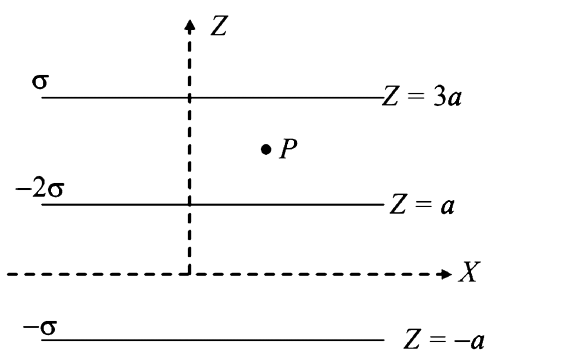 View Solution
View SolutionA long wire with a uniform charge density λ is bent in two configurations shown in fig. Determine the electric field intensity at point O.
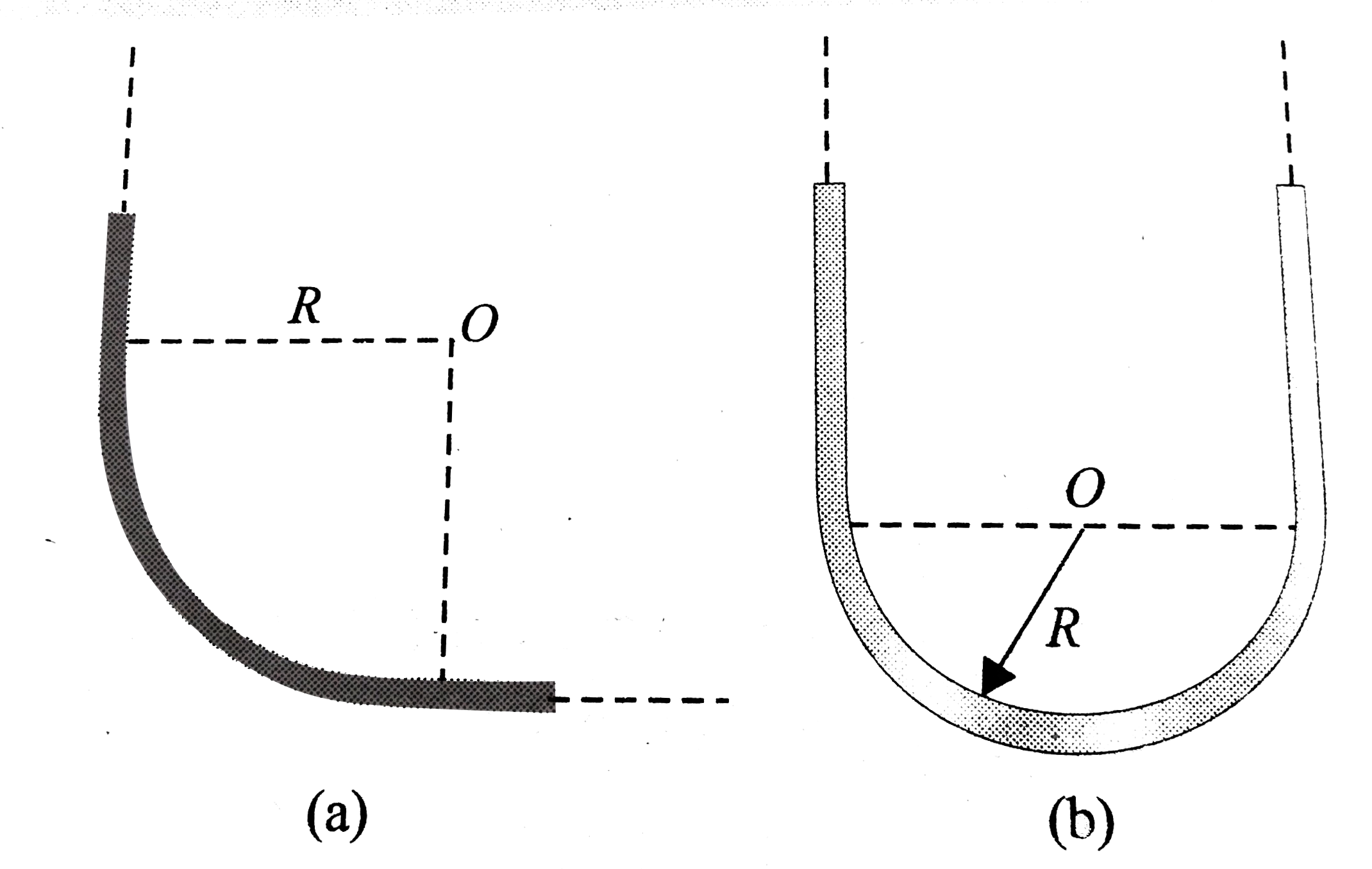 View Solution
View SolutionBetween two infinitely long wires having linear charge densities λ and −λ , there are two points A and B as shown in the figure. The amount of work done by the electric field in moving a point charge q0 from A to B is equal to :
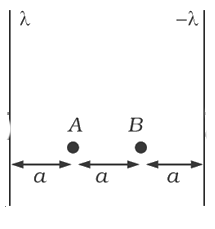 View Solution
View SolutionThere are two infinite plane sheets each having uniform surface charge density +σC/m2 They are inclined to each other at an angle 30∘as shown in the figure. Electric field at any arbitrary point P is:
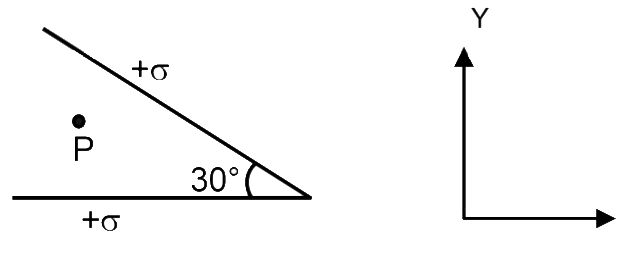 View Solution
View SolutionThere are two infinite plane sheets each having uniform surface charge density +σC/m2 They are inclined to each other at an angle 30∘as shown in the figure. Electric field at any arbitrary point P is:
 View Solution
View SolutionIf linear charge density of a wire as shown in the figure is λ
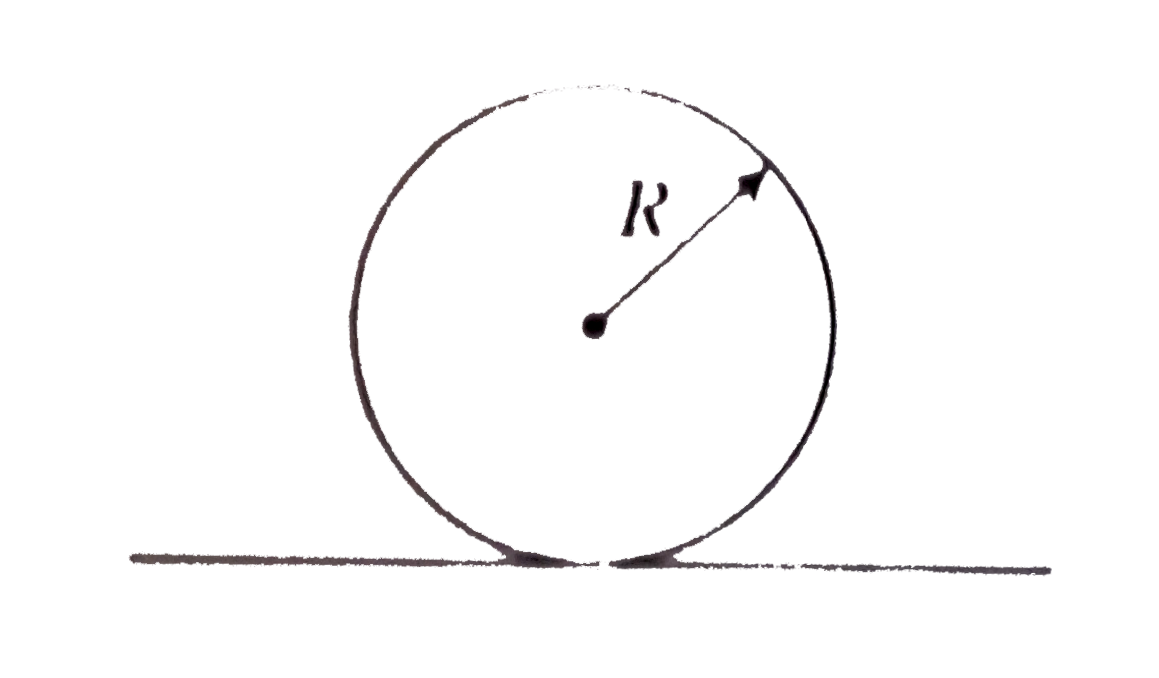 View Solution
View SolutionTwo perpendicular infinite wires are carrying current i as shown in the figure. The magnetic field at point P is :
_2019_CBT2_E01_008_Q01.png) View Solution
View SolutionFind electric field at point A, B, C, D due to infinitely long uniformly charged wire with linear charge density λ and kept along z-axis (as shown in figure). Assume that all the parameters are in S.l. units.
 View Solution
View SolutionTwo infinite line charges with uniform linear charge densities +λ&−λ are kept in such a way that the angle between them is 30∘. The electric field at the symmetric point P at a perpendicular distance r from each line charge is given by:
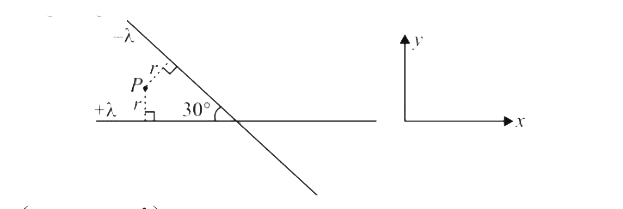 View Solution
View Solution

